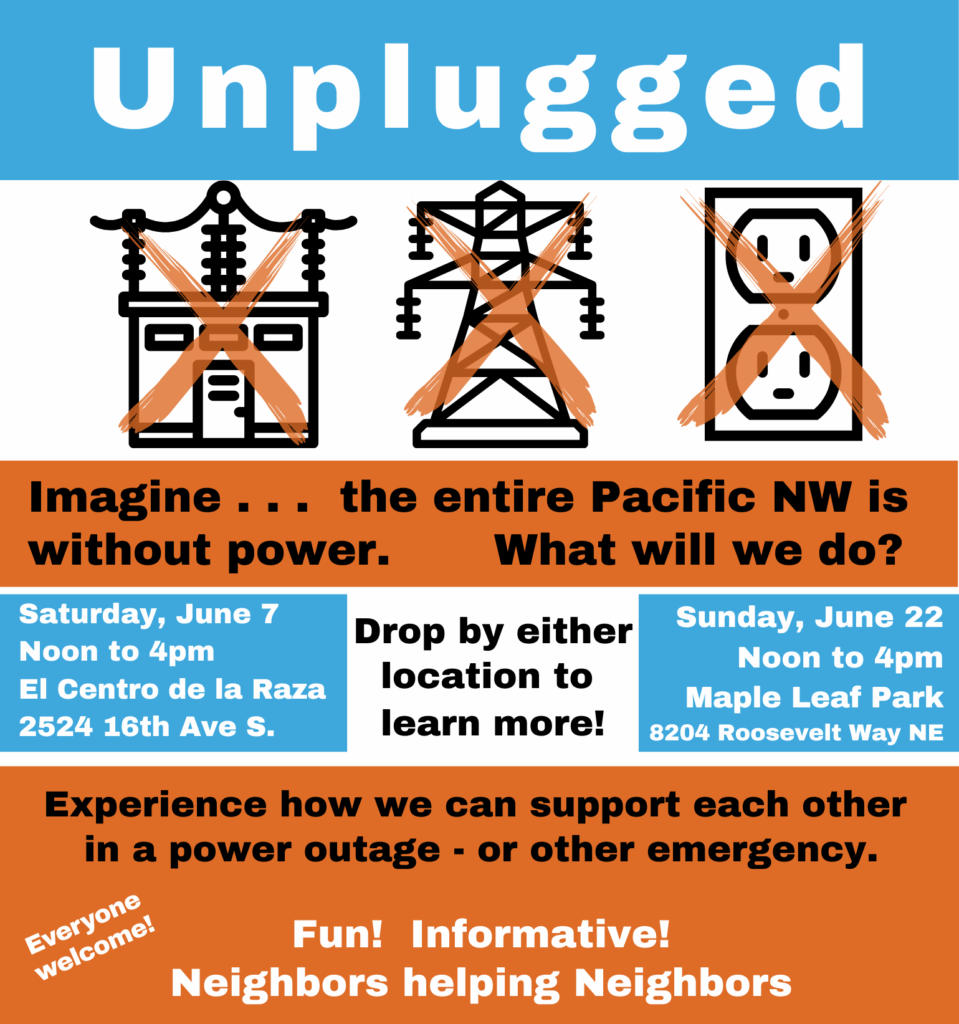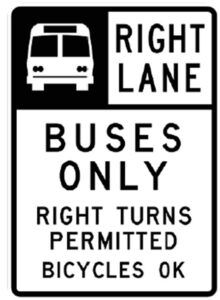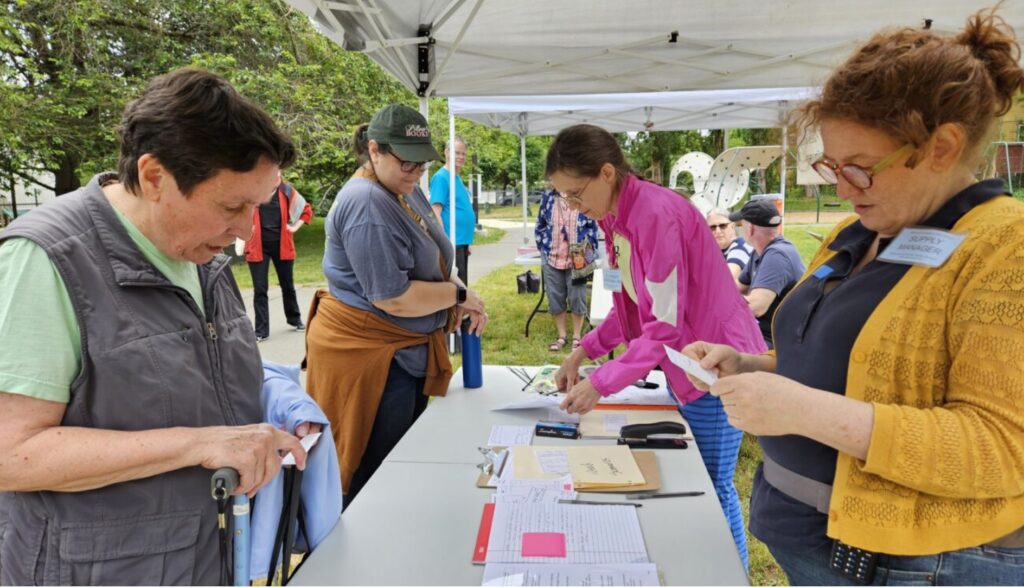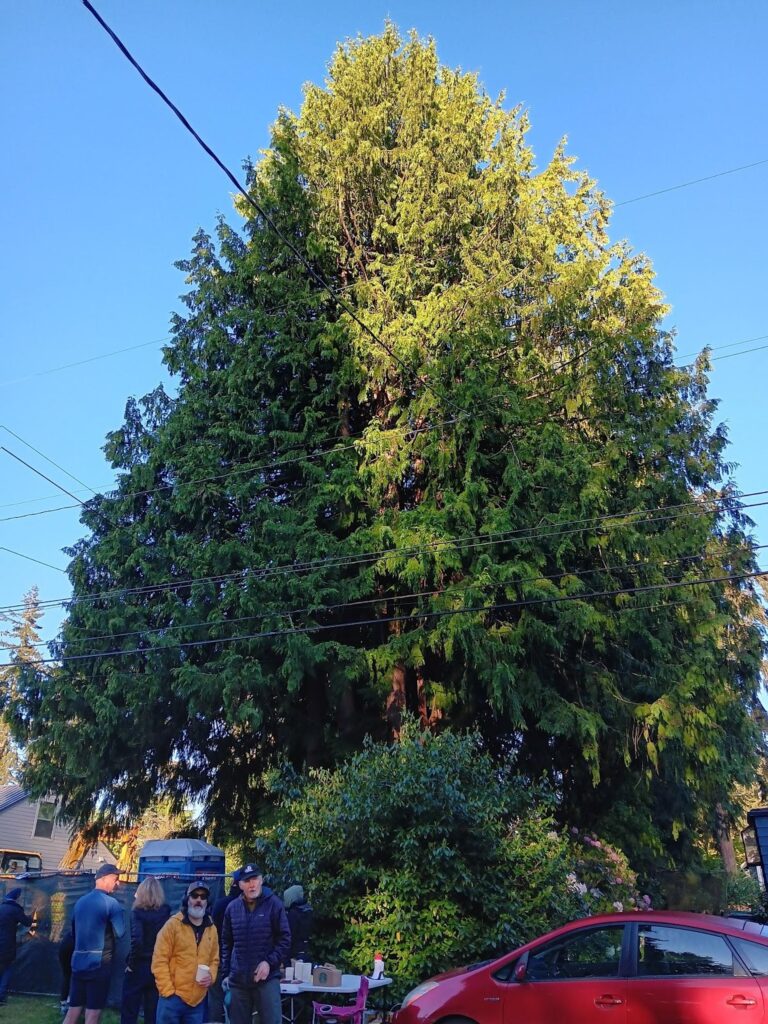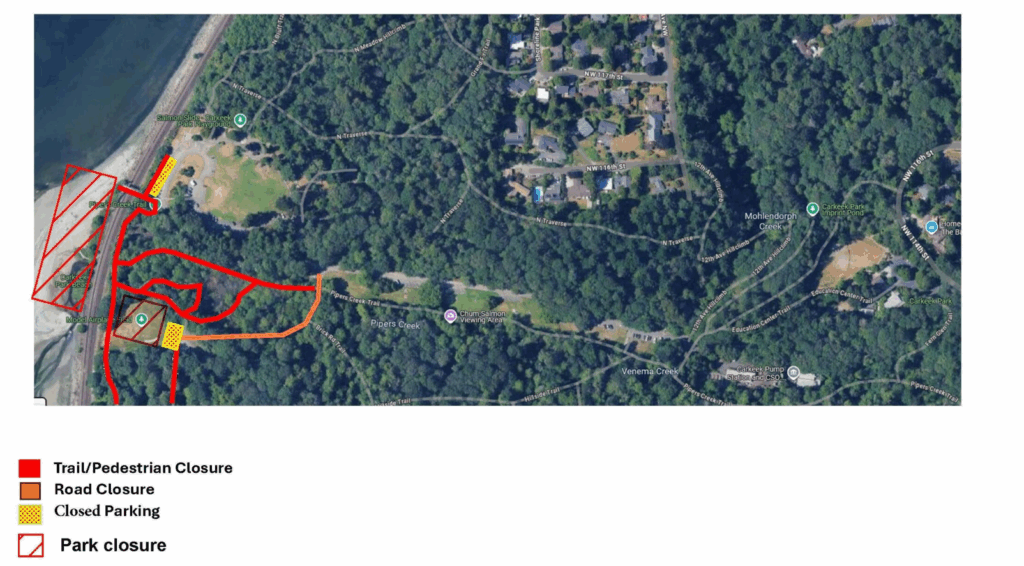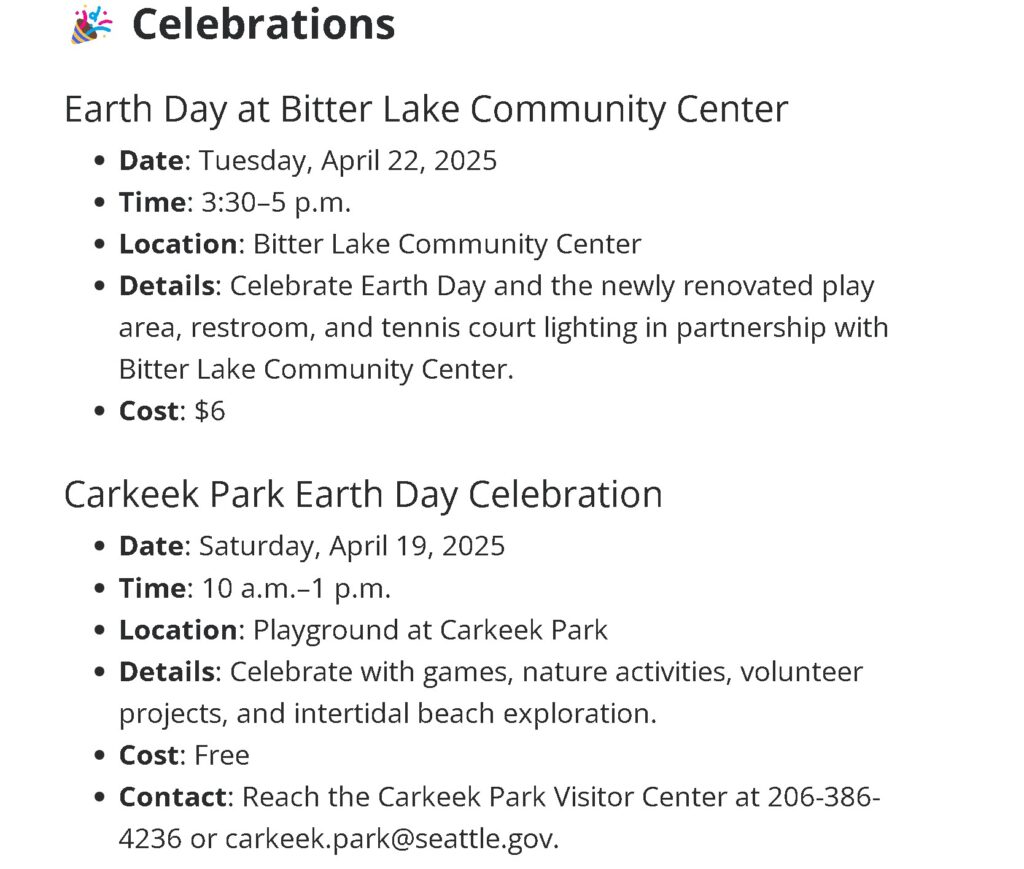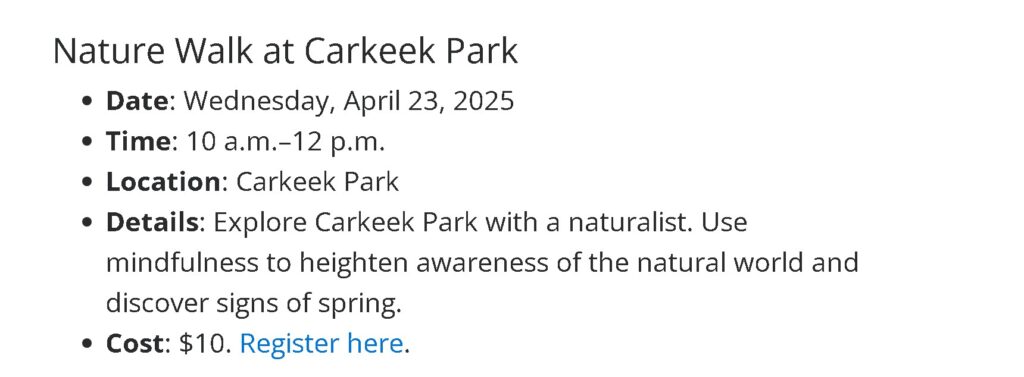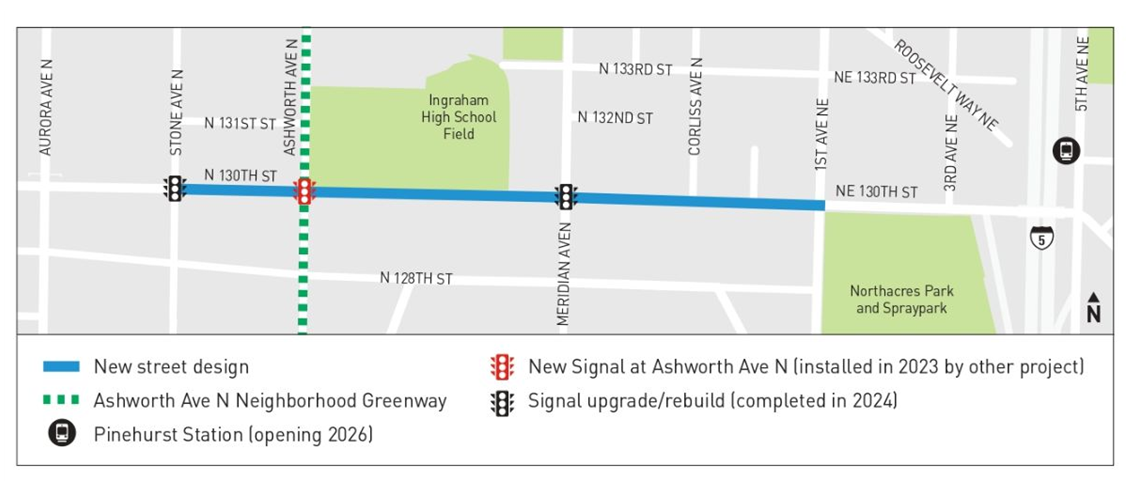Seattle Parks and Recreation asks for park visitors’ cooperation
Seattle Parks and Recreation (SPR) will implement intermittent closures at Carkeek Park during the week of May 5–12, 2025, to support geotechnical work for the Carkeek Pedestrian Bridge Replacement Project.
These closures are necessary for the safe completion of two geotechnical borings on Carkeek Park beach, which will assess soil conditions critical to the design and construction of the new pedestrian bridge. Crews will conduct major work every other day during the week, with staging and drilling activity occurring both onshore and at the beach.
The exact closure dates are Tuesday, May 6, from noon to 5 p.m.; Thursday, May 8, from 8 a.m. to 1 p.m.; and Saturday, May 10, from 7 to 11 a.m. Please note that all work is weather dependent and subject to change based on site conditions. The full work schedule is as follows:
- Monday, May 5 (Park Open):
The contractor will begin staging equipment at the Model Airplane Field in the park or on the beach. Some parking spots near the pedestrian bridge will be closed, visitors must avoid areas marked by caution tape to ensure safety. - Tuesday, May 6 (12 – 5 p.m., Park Closed):
Parking near the pedestrian bridge and all roadways and pathways leading to the Model Airplane Field will be closed. The pedestrian bridge and beach will be fully closed. A helicopter lift will transport drilling equipment to the beach. Noise and visible construction activity are expected. The drill rig will remain on the beach overnight, surrounded by cones and caution tape. All areas will reopen in the evening. - Wednesday, May 7 (Park Open):
Drilling will occur on the beach, with continued loud noises and crew presence. The park will remain open. - Thursday, May 8 (8 a.m. – 1 p.m., Park Closed):
Parking near the pedestrian bridge and all roadways and pathways leading to the Model Airplane Field will be closed. The pedestrian bridge and beach will be fully closed. Helicopter lift operations will continue, including repositioning the drilling equipment to a second location on the beach. The drill rig will remain on the beach overnight, surrounded by cones and caution tape. All areas will reopen in the afternoon. - Friday, May 9 (Park Open):
The drilling will continue on the beach with noise and visible activity. The park will remain open. - Saturday, May 10 (7 – 11 a.m. Park Closed):
Parking near the pedestrian bridge and all roadways and pathways leading to the Model Airplane Field will be closed. The pedestrian bridge and beach will be fully closed. The helicopter will remove drilling equipment from the beach and return it to the Model Airplane Field staging area.
Please refer to the map below for detailed closure areas and staging locations.
SPR requests all visitors to follow Park Ranger instructions, observe closure signage, and respect fencing and caution tape to help ensure everyone’s safety. These temporary closures are a necessary step in improving park infrastructure and enhancing long-term public access to the beach at Carkeek Park. We appreciate your patience and cooperation.
For more information, please visit https://www.seattle.gov/parks/about-us/projects/carkeek-park-pedestrian-bridge-replacement or contact kellina.stamm@seattle.gov.

